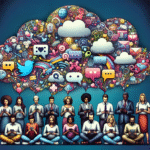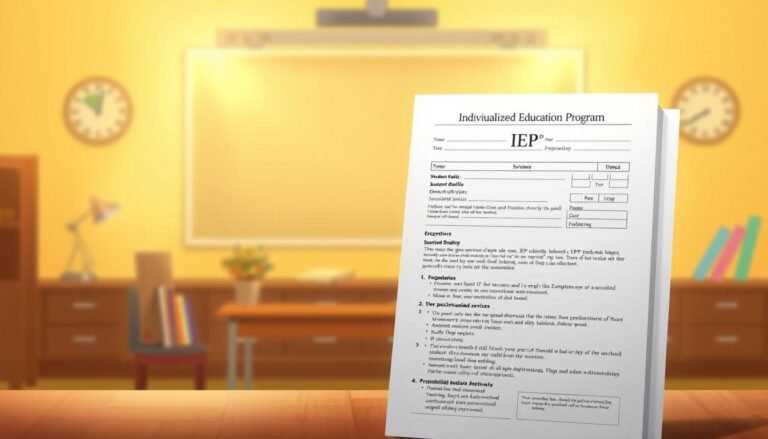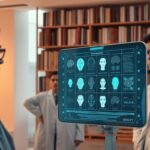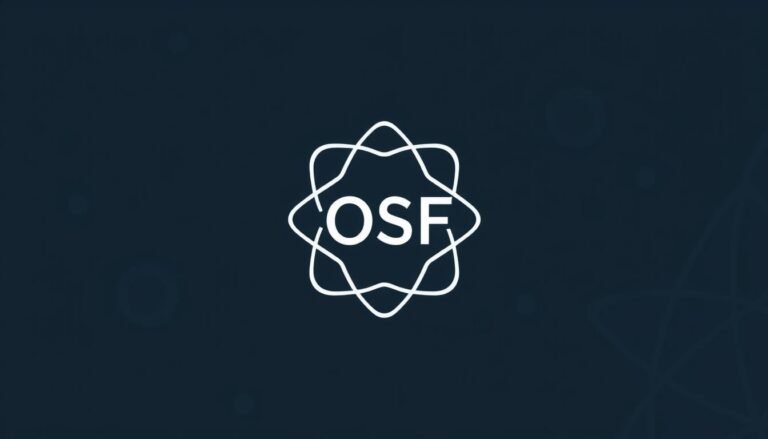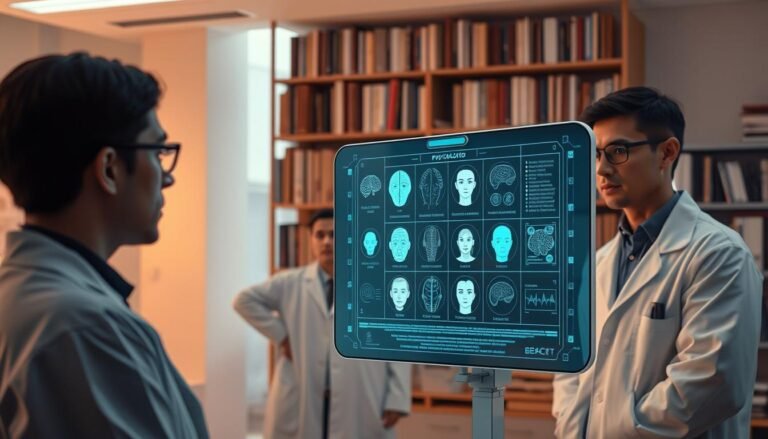Understanding Learning Disabilities: A Comprehensive Guide to Types and Symptoms
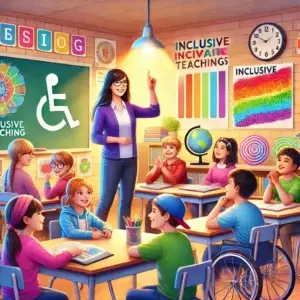
Introduction
In an ever-evolving world where education and personal development hold the key to success, understanding learning disabilities has never been more crucial. More than just a challenge, these disabilities affect millions of children and adults, shaping their experiences in profound ways. Recognizing and addressing learning disabilities is pivotal not only for the individuals affected but also for educators, parents, and society as a whole. This comprehensive guide aims to explore the different types of learning disabilities, their symptoms, and practical approaches to support those who navigate these challenges daily.
As we delve deeper, you will discover how awareness and informed strategies can lead to empowerment, resilience, and a brighter future for everyone involved. Let’s embark on this journey of understanding learning disabilities—one that promises valuable insights and transformative knowledge.
What Are Learning Disabilities?
Learning disabilities (LD) are a group of disorders that affect a person’s ability to receive, process, or communicate information. They can impact various aspects of learning, including reading, writing, math, and even social skills. Importantly, learning disabilities are not indicative of a person’s intelligence; rather, they reflect a difference in how their brain processes information.
Key Characteristics
- Neurodevelopmental: Learning disabilities originate in the brain and can affect anyone, regardless of their IQ or socio-economic background.
- Lifelong Impact: While some individuals may develop compensatory strategies over time, learning disabilities often persist into adulthood.
- Varying Severity: The impact of learning disabilities can differ greatly—from mild challenges in specific areas to significant barriers that alter one’s educational and occupational trajectories.
Statistical Insight
Table 1: Prevalence of Learning Disabilities in the U.S.
| Type of Learning Disability | Estimated Prevalence (%) |
|---|---|
| Dyslexia | 5-10% |
| Dyscalculia | 3-7% |
| Dysgraphia | 2-4% |
| Language Processing Disorder | 3-8% |
| Attention Deficit Hyperactivity Disorder (ADHD) | 5-10% |
Understanding learning disabilities requires grasping their distinct categories, each with unique traits and challenges.
Types of Learning Disabilities
1. Dyslexia
Dyslexia is perhaps the most well-known learning disability, primarily affecting reading skills. Individuals with dyslexia may struggle with phonemic awareness, decoding words, and fluency.
Case Study: Sarah’s Journey with Dyslexia
Sarah, a ten-year-old girl, faced challenges in reading from an early age. Despite her high IQ, she struggled with phonetic decoding, which impacted her reading fluency. With structured interventions, including multi-sensory reading strategies, Sarah began to thrive academically. This highlights how targeted support can lead to significant improvements for individuals with dyslexia.
2. Dysgraphia
Dysgraphia impacts writing abilities, making it difficult for individuals to express their thoughts through written language. Symptoms often include poor handwriting, difficulty organizing thoughts, and trouble with spelling.
Case Study: Mark’s Experience with Dysgraphia
Mark, a creative ten-year-old with ideas bursting to be written down, found the process of putting pen to paper incredibly frustrating. Through occupational therapy, he learned techniques to improve his fine motor skills and discovered tools like typing to express his thoughts. Mark’s journey emphasizes the importance of accommodating diverse methods of expression in educational settings.
3. Dyscalculia
Dyscalculia affects mathematical learning, encompassing difficulties with number sense, memorizing math facts, and understanding time and measurements.
Case Study: Jenna and Her Struggles with Math
Jenna, an eleven-year-old, struggled with math concepts despite practicing regularly. After an assessment revealed dyscalculia, her educators modified her learning approach, integrating visual aids and practical applications. By embracing Jenna’s unique learning style, she gained confidence and began to enjoy math.
4. Language Processing Disorder (LPD)
Individuals with LPD face challenges in understanding and processing spoken language. This disorder can create hurdles in both academic and social situations.
Case Study: Tom’s Social Challenges
At twelve, Tom often found it challenging to follow conversations, leading to social isolation. Through speech therapy, he learned strategies to improve his comprehension and engage in conversations effectively. Tom’s story illustrates the significant impact of language processing on everyday interactions and socialization.
5. Attention Deficit Hyperactivity Disorder (ADHD)
While not strictly classified as a learning disability, ADHD frequently co-occurs with learning disabilities, affecting concentration, impulsivity, and organizational skills.
Case Study: Lily’s Challenges with Attention
Lily, a bright fourteen-year-old, struggled to focus on lessons and assignments due to her ADHD. After implementing organizational strategies and behavioral supports, she found a balance that allowed her to succeed in school. This case underscores the importance of addressing co-occurring conditions alongside learning disabilities for holistic support.
Symptoms and Early Indicators
Understanding learning disabilities involves recognizing the symptoms that might indicate the presence of such conditions. Early intervention is crucial for effective management.
Common Symptoms
- Reading Difficulties: Trouble with decoding words or understanding written text.
- Writing Issues: Inconsistent handwriting, difficulty organizing thoughts.
- Mathematical Challenges: Struggles with basic calculations, number sense, or mathematical concepts.
- Attention Issues: Difficulty remaining focused, staying organized, or following through with tasks.
- Memory Problems: Challenges with recalling facts or following multi-step instructions.
Early Identification
Parents and educators should monitor developmental milestones closely. Early signs may include:
- Delayed speech and language skills.
- Problems with rhyming or phonemic awareness.
- Trouble right from the start in reading or math skills.
Recognizing these signs can facilitate timely evaluations and interventions, setting the stage for success.
Assessment and Diagnosis
Comprehensive Evaluation
Assessing learning disabilities involves a multidisciplinary approach, including:
- Standardized Testing: Evaluations to measure cognitive abilities and academic skills.
- Diagnostic Interviews: Conversations with parents and teachers to gather developmental and educational history.
- Observational Data: Observations in different settings to understand performance and behavior.
- Behavioral Assessments: Exploring emotional and behavioral functioning alongside learning challenges.
Importance of Early Diagnosis
Obtaining a diagnosis can provide a roadmap for tailored educational support. It opens doors to interventions, accommodations, and specialized services, enhancing learning experiences and outcomes.
Strategies and Interventions
Classroom Accommodations
- Multi-Sensory Teaching Methods: Engaging multiple senses to reinforce learning materials.
- Extended Time: Allowing more time for assignments and tests.
- Graphic Organizers: Tools to help organize thoughts visually.
- Assistive Technology: Utilizing apps for reading, writing, and math support, such as text-to-speech or dictation software.
Home Strategies
- Establish Routines: Consistent schedules can help reduce anxiety and enhance focus.
- Encourage Reading: Provide books and materials that match the child’s interests and reading levels.
- Positive Reinforcement: Celebrating achievements—big and small—fuels motivation and confidence.
Community Support
Educators, therapists, and support groups play vital roles in providing resources, guidance, and emotional support to individuals with learning disabilities and their families.
Conclusion
Understanding learning disabilities is a vital journey for parents, educators, and anyone interacting with affected individuals. By recognizing the diverse types and symptoms, we can create an inclusive and empowering environment that facilitates growth and success for all learners.
This guide has illustrated that learning disabilities, while posing challenges, also present unique opportunities for development and resilience. With informed strategies and unwavering support, those navigating these challenges can thrive—turning potential obstacles into pathways for achievement.
FAQs
By embracing and understanding learning disabilities, we can foster a more inclusive society where every individual has the opportunity to succeed, no matter the obstacles they face.



